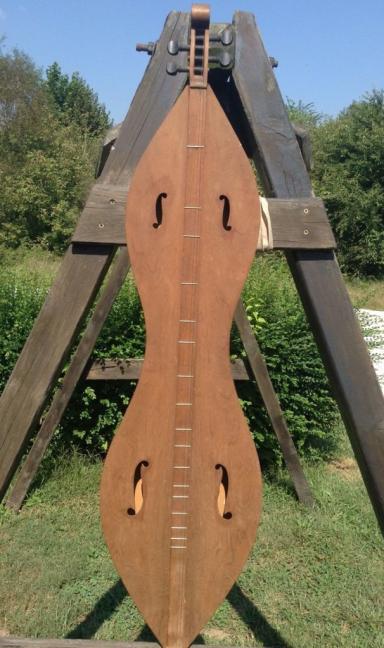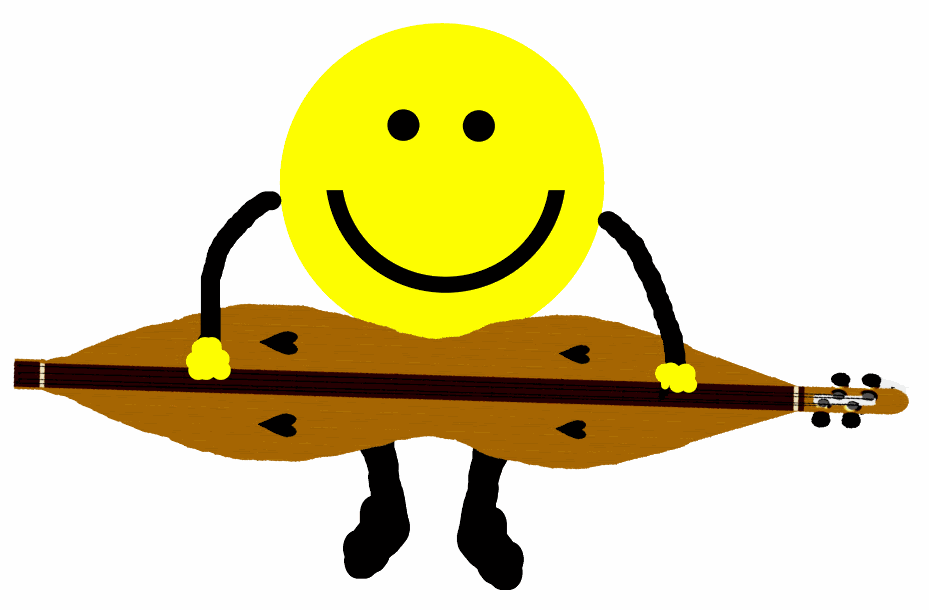Rookie Mistakes --
General mountain dulcimer or music discussions
Rookie mistakes? Mmmm.......
Fire and Forget - Playing a tune while hearing in your head what you think the tune should sound like rather than actually 'listening' to the end result you are producing.
Believing too hard - Holding on to a theory of how to do something or how something works despite overwhelming evidence to the contrary. That evidence is the sound coming from your instrument, so we are back to listening again.
Not realising playing is physical - To make your dulcimer make a noise you have to do something physical with the strings. All the theory and everything else boils down to your touch on the instrument. Playing is a physical activity so train your physical movements and 'listen' to your results.
Timing is Everything - Buy a metronome and use it. It will give you great timing and it will keep you in the moment. If you can hear the metronome and hear your own playing at the same time you are on the way to learning how to listen to what's really happening when you play.
Always aim to do something differently - When you pick up your dulcimer have the aim of playing differently by the time to put it down to the way you play right now. To improve/learn you must do something physically different to make the instrument sound different. You won't know what physically you have to do differently, so try things out and 'listen' to the results. Repetitive practice is about honing skills but even with repetitive practice you must end up making physical changes to the way you play in order to improve the sounds you produce. Again, you must listen to your real results in real time.
Music is too complex to be cognitive - The goal of practice is to make physical movements non-conscious (like they are when you drive a car) so you can free up cognitive space to 'read the road' ie listen to what you are actually playing. Do everything you can to make the physical side of playing intuitive.
Ditch the TAB - TAB is good to learn where the notes are for a tune but ditch it as quickly as you can. It sucks away cognitive capacity and removes you from being in the moment. It makes you deaf to the link between your physical movement and the music those movements create in real time.
Mindfulness - Music is about being grounded in the moment. So be there with your instrument. If you can tell me what you are thinking when you are playing then you are not grounded with your dulcimer.
And, like many have said before, its a never ending journey so enjoy your travels and remember:
It is all about the music - so make that the centre of your learning.



 Strumelia - I think it is good we can have these debates. And I am more than prepared to shift my position as new information comes my way, because that's how we learn! Jean Ritchie was sooooo unique, in my opinion, in the way she used the instrument with her voice to play and sing the ballads from her cultural reference. But we can go into that another time!!!!
Strumelia - I think it is good we can have these debates. And I am more than prepared to shift my position as new information comes my way, because that's how we learn! Jean Ritchie was sooooo unique, in my opinion, in the way she used the instrument with her voice to play and sing the ballads from her cultural reference. But we can go into that another time!!!! 








 I carried the flute when walking around the island to various climbing areas and eventually managed to get a scale out of it!!! Getting any noise from it at all was (and still is) a bit hit or miss but my embouchure is starting to come. Having heard Jem play the same model of flute I know that there's bags of rich tone hidden within it and the more I practice the more I'll find.
I carried the flute when walking around the island to various climbing areas and eventually managed to get a scale out of it!!! Getting any noise from it at all was (and still is) a bit hit or miss but my embouchure is starting to come. Having heard Jem play the same model of flute I know that there's bags of rich tone hidden within it and the more I practice the more I'll find.

 My advice would be:
My advice would be: